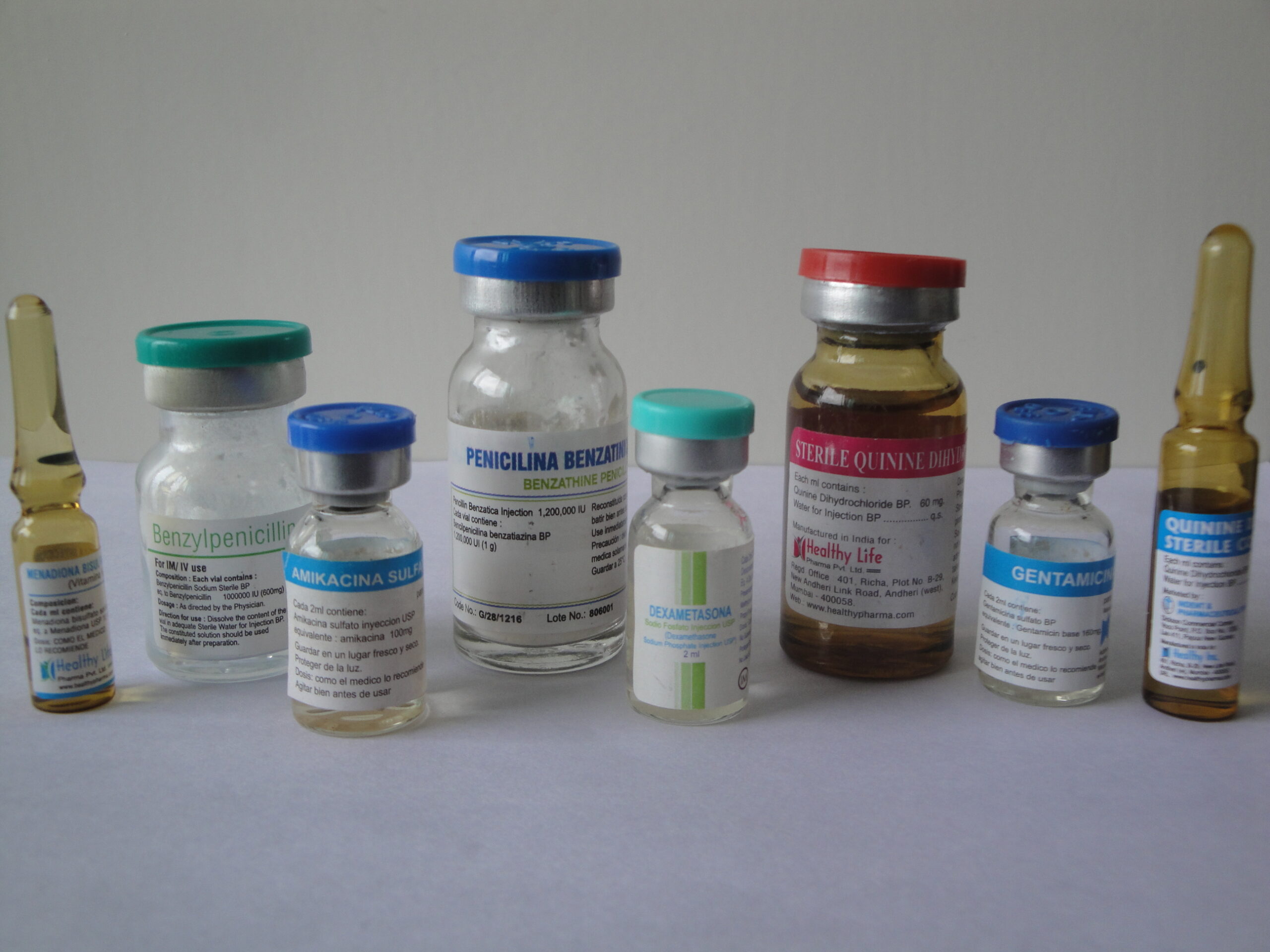Description
Buserelin Acetate ( GnRH Analogue) veterinary injection
Buserelin acetate is a synthetic analog of gonadotropin-releasing hormone (GnRH) that is used in veterinary medicine for various reproductive purposes. GnRH is a hormone produced by the hypothalamus in the brain, and it plays a key role in the regulation of reproductive functions.
In veterinary medicine, Buserelin acetate is commonly used to manipulate the reproductive cycles of animals. Here are some potential veterinary uses:
Estrus synchronization: Buserelin acetate can be used to synchronize the estrous (heat) cycles of female animals. This is particularly important in livestock breeding programs where it helps ensure that a group of animals comes into estrus around the same time, facilitating more efficient breeding management.
Induction of ovulation: Buserelin acetate may be used to induce ovulation in females. This can be helpful in situations where precise control over the timing of ovulation is needed, such as in artificial insemination programs.
Treatment of reproductive disorders: In some cases, Buserelin acetate may be used to address certain reproductive disorders in animals, such as ovarian cysts or certain types of infertility issues.
Suppression of estrus in mares: Buserelin acetate can be used to suppress estrus in mares for short periods, which may be beneficial in certain situations, such as during athletic competitions where the behavioral and physiological changes associated with estrus can be disruptive.
It’s important to note that the use of Buserelin acetate in veterinary medicine should be carried out under the guidance and supervision of a qualified veterinarian. The dosage and timing of administration will vary depending on the specific needs of the animal and the desired reproductive outcomes. Additionally, the safety and efficacy of the drug may differ among species, so veterinarians will tailor the treatment plan based on the individual characteristics of the animals involved.
Buserelin acetate is a synthetic analogue of gonadotropin-releasing hormone (GnRH), which is a hormone that plays a key role in the regulation of reproductive functions in both males and females. In veterinary medicine, Buserelin acetate is sometimes used to manipulate reproductive processes. Here are some common veterinary usages of Buserelin acetate:
Induction of Ovulation in Mares: Buserelin acetate may be used to induce ovulation in mares, especially in cases where precise timing of ovulation is important for breeding purposes. By administering Buserelin acetate, veterinarians can trigger the release of eggs from the ovaries, allowing for more controlled breeding.
Treatment of Reproductive Disorders in Dogs: Buserelin acetate may be used in dogs to manage certain reproductive disorders. It can help regulate the estrous cycle and improve fertility in cases where hormonal imbalances or irregularities are identified.
Management of Reproductive Disorders in Cats: Similar to its use in dogs, Buserelin acetate may be employed in cats to address reproductive issues. It can help regulate the estrous cycle and improve breeding outcomes.
Assisted Reproduction Techniques: Buserelin acetate might be included in assisted reproduction techniques for various animal species, particularly when synchronization of estrus (heat) or precise timing of ovulation is required.
It’s essential to note that the use of Buserelin acetate in veterinary medicine should be under the supervision of a veterinarian. The dosage and administration schedule can vary depending on the specific reproductive condition being treated and the species involved.
As with any medication, there may be potential side effects or contraindications, and it’s crucial to follow the veterinarian’s instructions closely. Additionally, regulations regarding the use of Buserelin acetate may vary by region, so it’s important to comply with local veterinary and regulatory guidelines.
Buserelin acetate is a gonadotropin-releasing hormone (GnRH) analogue that is commonly used in veterinary medicine. GnRH analogues like buserelin acetate act on the pituitary gland to regulate the release of reproductive hormones. In veterinary practice, buserelin acetate is often used in reproductive management, especially in the following contexts:
Estrus Synchronization: Buserelin acetate may be used to synchronize the estrous (heat) cycle in groups of animals, making it easier for farmers or breeders to manage mating and reproduction schedules.
Induction of Ovulation: In some cases, buserelin acetate may be used to induce ovulation, particularly in species where the timing of ovulation is critical for successful breeding.
Treatment of Reproductive Disorders: Buserelin acetate can be used in the treatment of certain reproductive disorders, such as cystic ovarian disease in cattle.
Superovulation: In species where superovulation (production of multiple eggs) is desirable for assisted reproductive technologies, buserelin acetate may be used as part of a protocol to stimulate multiple follicle development.
Control of Hormonal Levels: Buserelin acetate may be employed to control hormonal levels in cases where hormonal imbalances are affecting reproduction.
It’s important to note that the specific usage and dosage of buserelin acetate can vary depending on the species, the reproductive status of the animal, and the goals of the reproductive management program. Veterinarians typically determine the appropriate protocol based on the individual characteristics of the animals being treated.
As with any veterinary medication, the use of buserelin acetate should be under the guidance and supervision of a licensed veterinarian, who can assess the specific needs of the animal and make appropriate recommendations for its use. Additionally, regulations regarding the use of reproductive hormones in animals may vary by region, so it’s important to adhere to local veterinary and agricultural guidelines.



